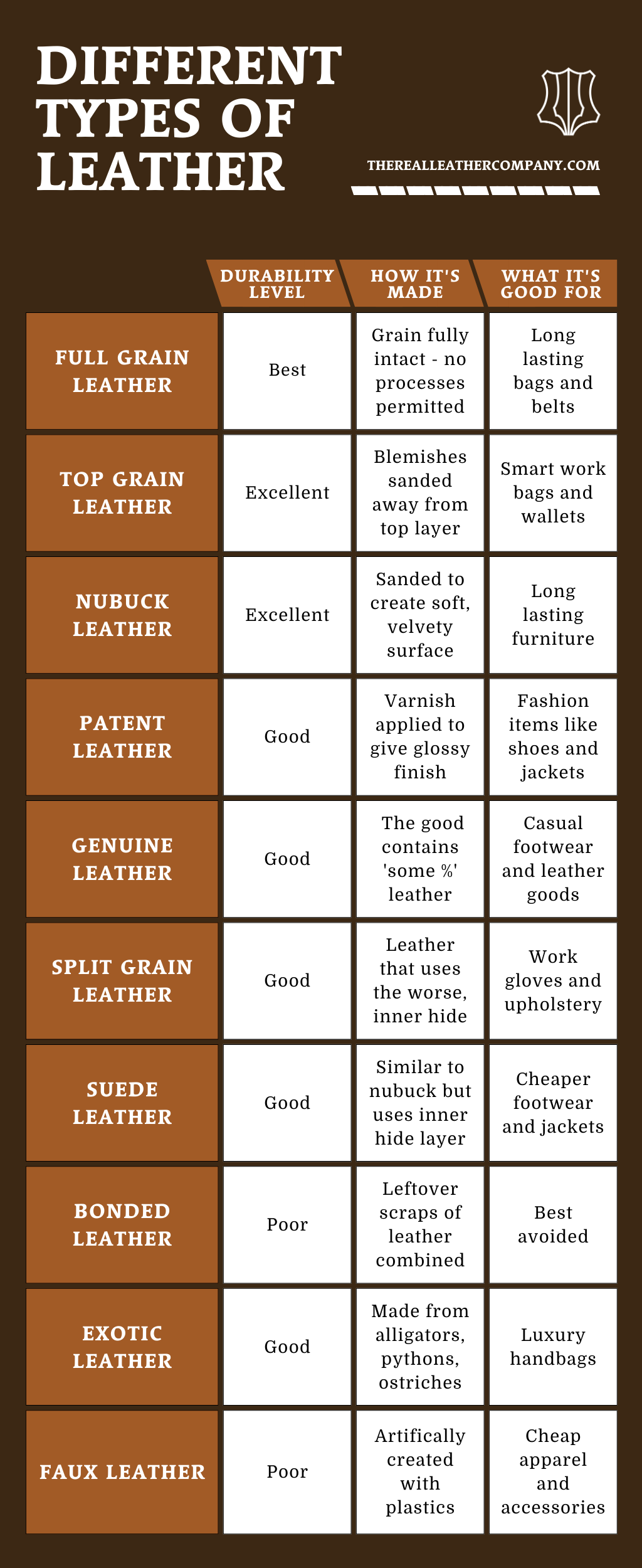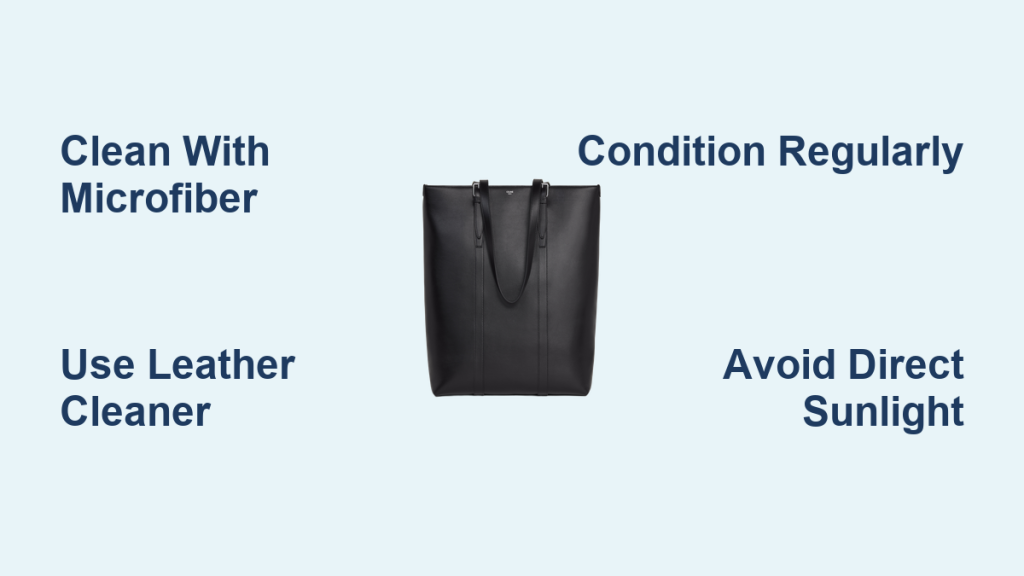Dealing with sunscreen stains on your beloved leather bag is frustrating. That greasy residue seems impossible to remove, and you worry about damaging the leather. Luckily, with the right approach, you can effectively lift the stain and restore your bag’s appearance. This guide will walk you through several methods, starting with a gentle quick fix and progressing to more intensive cleaning techniques.
This comprehensive guide will cover everything from identifying the type of leather you’re working with to selecting the best cleaning solutions. We’ll explore preventative measures to avoid future stains and provide pro tips to keep your leather bag looking its best. By the end of this article, you’ll have the knowledge and confidence to tackle sunscreen stains and maintain your bag’s beauty for years to come.
Understanding Leather and Sunscreen Stains

Before diving into cleaning, it’s crucial to understand the nature of both leather and sunscreen. Sunscreen contains oils and chemicals that penetrate leather pores, making removal tricky. Different leather types react differently to cleaning agents.
Types of Leather
- Finished Leather: This is the most common type, coated with a protective layer. It’s more durable and easier to clean.
- Unfinished Leather (Aniline/Nubuck/Suede): These are more delicate, porous, and absorb liquids quickly. They require specialized cleaning techniques. Never use harsh chemicals on unfinished leather.
- Patent Leather: A coated leather with a glossy finish. Requires gentle cleaning to avoid scratching.
Why Sunscreen Stains are Difficult
Sunscreen’s oil-based components bind to the leather, making it resistant to water-based cleaners. The longer the stain sits, the harder it becomes to remove. Immediate action is key!
Methods for Removing Sunscreen from Leather
Here are several methods, starting with the gentlest and progressing to more intensive approaches. Always test any cleaning solution on an inconspicuous area of the bag first.
Method 1: Gentle Soap and Water
This is the first line of defense, suitable for finished leather.
Diagnosing the Issue
Is the stain fresh or old? Fresh stains are easier to remove. Assess the leather type.
Fix Steps
- Prepare a Solution: Mix a few drops of mild dish soap (like Dawn) with lukewarm water.
- Apply: Dampen a soft microfiber cloth with the solution (do not saturate). Gently blot the stain, working from the outside in.
- Rinse: Dampen a clean microfiber cloth with plain water and blot the area to remove any soap residue.
- Dry: Pat the area dry with a clean, dry microfiber cloth. Allow to air dry completely, away from direct heat or sunlight.
Method 2: Leather Cleaner
Specifically designed for leather, these cleaners are a safe and effective option.
Diagnosing the Issue
Determine if your leather is finished or unfinished. Choose a cleaner formulated for your leather type.
Fix Steps
- Apply: Follow the instructions on the leather cleaner product. Typically, you’ll apply a small amount to a microfiber cloth and gently rub the stain.
- Buff: Use a clean microfiber cloth to buff the area, restoring the leather’s shine.
- Condition: After cleaning, apply a leather conditioner to replenish the leather’s oils and prevent drying.
Method 3: Rubbing Alcohol (For Finished Leather ONLY)
Use with extreme caution and only on finished leather.
Diagnosing the Issue
Confirm the leather is finished. Do not use on unfinished leather!
Fix Steps
- Apply: Dip a cotton swab into rubbing alcohol (isopropyl alcohol).
- Blot: Gently blot the stain with the cotton swab. Avoid rubbing, as this can damage the leather.
- Wipe: Immediately wipe the area with a damp (not wet) microfiber cloth to remove the alcohol.
- Condition: Apply leather conditioner to restore moisture.
Method 4: Cornstarch or Baking Soda (For Fresh, Oily Stains)
These powders absorb oil, making them effective for fresh stains.
Diagnosing the Issue
This method works best on fresh stains before they fully penetrate the leather.
Fix Steps
- Apply: Generously cover the stain with cornstarch or baking soda.
- Wait: Let it sit for several hours, or even overnight.
- Brush: Gently brush off the powder with a soft brush.
- Repeat: If necessary, repeat the process.
Prevention and Maintenance

Preventing stains is always easier than removing them.
Protective Sprays
Apply a leather protector spray to create a barrier against stains. Reapply every few months.
Regular Conditioning
Conditioning keeps leather supple and less prone to absorbing stains.
Storage
Store your leather bag in a dust bag away from direct sunlight and heat.
Pro Tips for Leather Care
- Act Fast: The quicker you address a stain, the easier it will be to remove.
- Test First: Always test any cleaning solution on an inconspicuous area.
- Gentle is Key: Avoid harsh chemicals and abrasive scrubbing.
- Leather Conditioner is Your Friend: It replenishes oils and prevents drying.
- Professional Cleaning: For valuable or delicate bags, consider professional cleaning.
When to Seek Professional Help
- Unfinished Leather Stains: Attempting to clean unfinished leather yourself can cause irreversible damage.
- Large or Stubborn Stains: If you’ve tried multiple methods without success, a professional is your best bet.
- Vintage or Delicate Bags: These require specialized care.
- You’re Unsure of Leather Type: If you can’t identify the leather, err on the side of caution and seek professional advice.
FAQ
Q: Can I use baby wipes on leather?
A: While some people use baby wipes on finished leather, they often contain alcohol and chemicals that can dry out the leather. It’s best to use a dedicated leather cleaner.
Q: Will vinegar damage leather?
A: Vinegar is too acidic and can damage leather. Avoid using it.
Q: How often should I condition my leather bag?
A: Depending on usage, condition your bag every 3-6 months.
Q: What’s the best way to store a leather bag?
A: Store it in a dust bag in a cool, dry place away from direct sunlight. Stuff it with acid-free tissue paper to maintain its shape.
Alternative Solutions
If the above methods don’t work, consider saddle soap. However, saddle soap can be drying, so always follow with a leather conditioner.
| Solution | Pros | Cons | Best For |
|---|---|---|---|
| Saddle Soap | Effective on stubborn stains | Can be drying | Finished leather with deep stains |
| Leather Conditioner | Replenishes oils, prevents drying | Doesn’t remove stains directly | Maintaining leather after cleaning |
Keep Your Leather Bag Looking Its Best
By following these steps, you can effectively remove sunscreen stains and keep your leather bag looking beautiful for years to come. Remember to act quickly, choose the right cleaning method for your leather type, and always test in an inconspicuous area first.
Have you successfully removed a sunscreen stain from your leather bag? Share your tips and experiences in the comments below!





